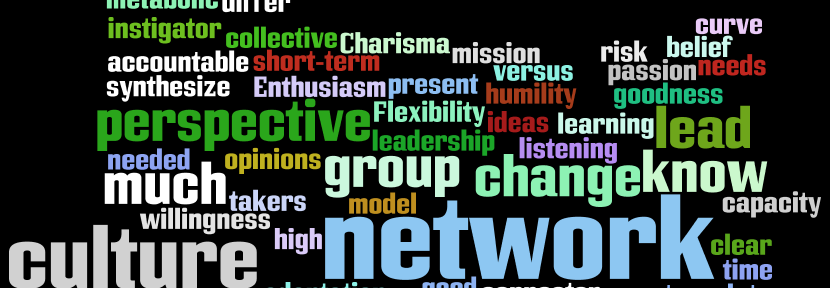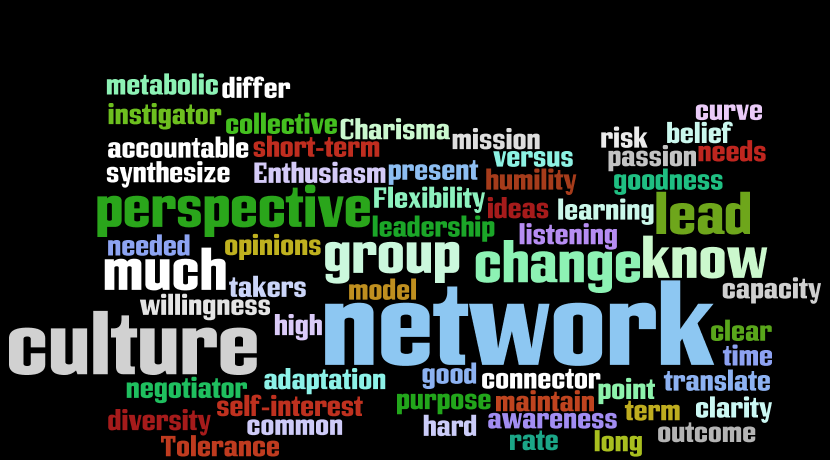Two years ago, I got swept up in mental health advocacy taking the state of Oregon by storm.
With legislation reform affecting social justice, access to quality care, and education, I was fascinated by the ability to create change within my community. In a whirlwind, I found myself discovering the new language of advocacy, being inspired by my mentors, and getting to know fellow students who are paving the way of transformation across the nation. I could picture individual patients who would be greatly affected by legislation coming out of Oregon. My passion to positively change the lives of many sprang into action.
And then…reality set in.
In the midst of my drive to engage with the APAGS Advocacy Coordinating Team, I still had papers to write, meetings to attend, and clients at my practicum to think about. I was overwhelmed with “finding the time” to participate in advocacy that meant so much to me, while still pass my classes. This reality hits close to home for so many graduate students and often can be the greatest deterrent when deciding whether or not to join a local, state, or national advocacy movement.
Dr. Carilyn Ellis is an early career psychologist working in primary care and a champion in the advocacy field in Oregon. She admitted that advocacy was a bit daunting when she started out as a graduate student George Fox University, but said that advocacy must begin in school. She said, “The bills, amendments, and other advocacy efforts that we are putting into action now, will be most relevant to current students, who will be practicing with these changes in effect.”
Three tiers of advocacy

Writing a letter can help shape policy in your community. (Source: User dangerpup on Flickr. Some rights reserved.)
Dr. Ellis explained that there are multiple levels of engagement in advocacy that can vary in time spent focusing on advocacy—flexibility that a graduate student often needs.
- The first tier of engagement involves person-centered action, such as becoming a member of a local or national advocacy group (e.g., your state psychological association, your division, and APAGS), writing letters to your local representative, signing petitions, attending state legislature meetings, and contacting representatives directly. Writing a letter (or filling in your contact info through an auto-generated email) often takes less than five minutes.
- The second tier focuses on supporting the organizations that advocate for mental health change, whether by providing financial support, time through phone calls, or more extensive email writing. Even a donation as little as $10 can make a difference.
- The third tier involves staying informed about the relevant issues and contributing to collective support. Simply understanding the basic factors impacting mental health within your community can lead to a greater awareness and understanding about complex systems. This can be achieved through signing up for listservs, checking in on legislative reports related to human services, and reading the websites of other legislative bodies focused on mental health.
These tiers of advocacy demonstrate that there is no perfect formula to being an advocate. Every student has a place at the table. Even when it seems like the accomplishments of graduation, and becoming a psychologist are so far away, the advocacy work that is taking place now will directly affect the way in which the field looks in the future.
As for me, I am still navigating both roles as graduate student and advocate. I find time (an average of 2 hours) throughout the week to write emails, engage with my local Oregon Psychological Association, and connect with other people who care about the same issues that I do. Honestly, some weeks are more productive than others, but I see this time as an opportunity to take some chances, rise to new challenges, learn about a new way of impacting my community, and develop my own professional voice. These are all goals that I also have as a graduate student, and I can see how my engagement with the advocacy community is pushing me to improve as an advocate, a student, and future psychologist.
How about you?
Which tier of advocacy do you see yourself working in? Feel free to leave a reply; it may inspire others to join you!
Editor’s note: Roseann Fish Getchell is a clinical psychology Psy.D. student at George Fox University and the Northwest Regional Advocacy Coordinator for the APAGS Advocacy Coordinating Team.




